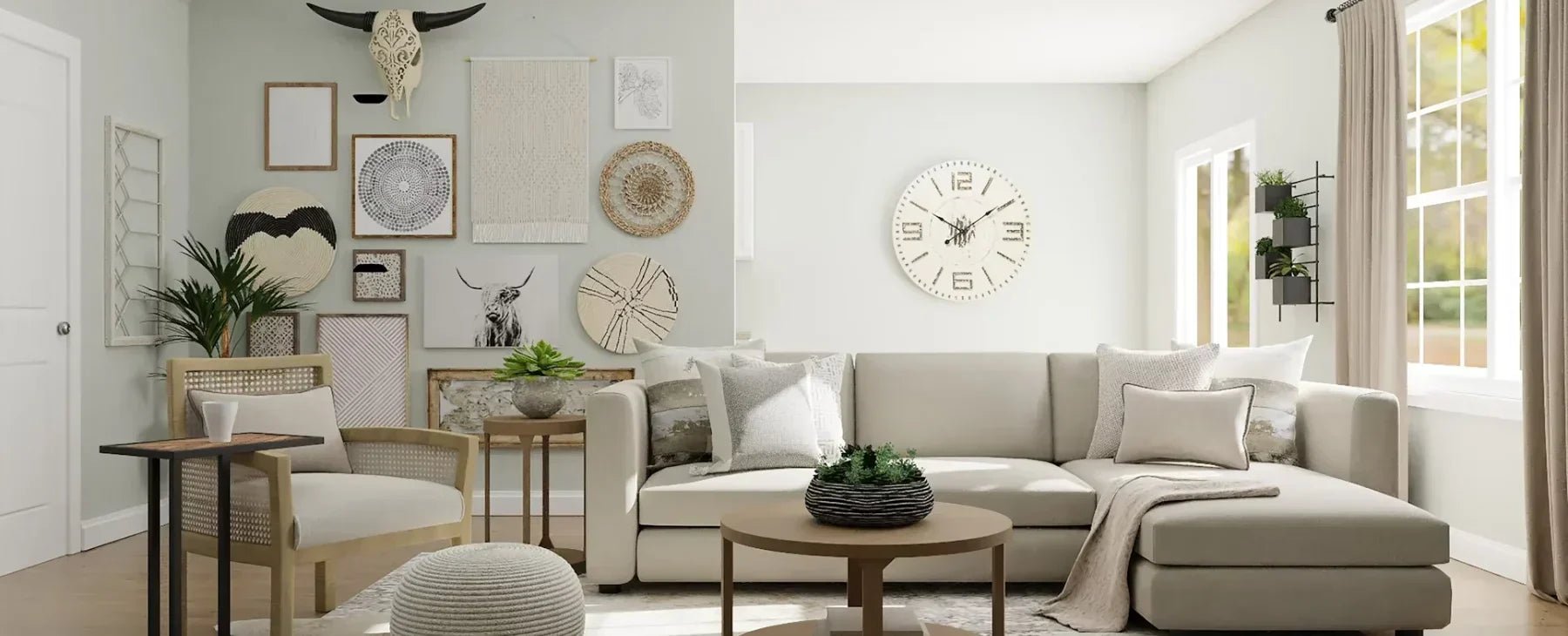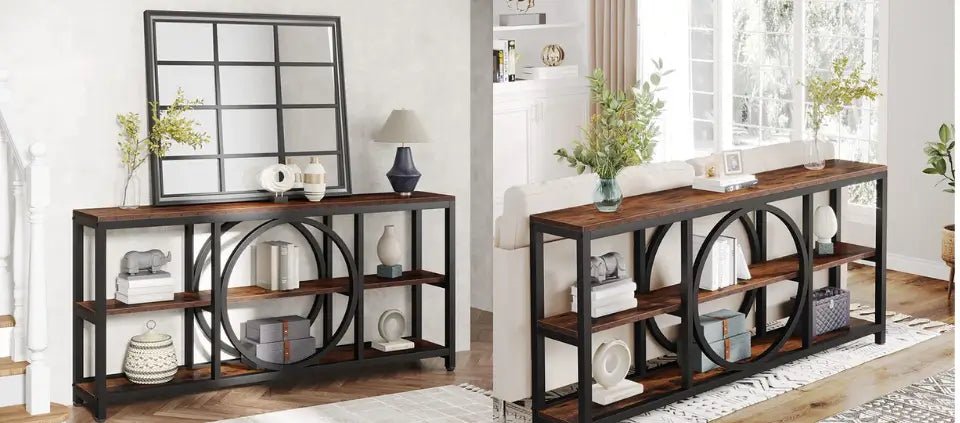The kitchen island is a vital part of the kitchen area, serving as everything from a casual dining area to a prep station and storage center. But one often-overlooked factor that determines its practicality? Its height. Choosing the right kitchen island height is key to ensuring comfort, functionality, and a seamless integration with the overall kitchen layout.
Table of Contents
- Why Does Your Kitchen Island’s Height Matter?
- How High Are Standard Kitchen Islands?
- What Is the Standard Width for a Kitchen Island?
- What Is the Recommended Depth for a Kitchen Island?
- Counter Height vs. Bar Height: What’s the Difference?
- How Much Space Do You Need for Kitchen Island Seating?
- How Do I Determine the Right Kitchen Island Height?
- Conclusion
Why Does Your Kitchen Island’s Height Matter?
When it comes to kitchen design, island height is often overlooked—but it plays a major role in how comfortable and functional the space feels day to day. If your island is too low, you’ll find yourself hunched over during food prep. If it’s too high, sitting at it can feel awkward, especially for kids or shorter adults.
The right height depends largely on how you use your island. Do you need space for bar stools? Is it doubling as a prep station or workspace? Should it match your existing countertops, or stand out with a raised bar-style surface? These questions are key to finding a height that supports your daily routine.
Choosing the correct height improves posture, workflow, and comfort, whether you're cooking, entertaining, or helping the kids with homework.

How High Are Standard Kitchen Islands?
Standard kitchen islands typically come in three height categories, each serving different needs:
- 30 inches – Table height: best for seated dining, built-in table features, or wheelchair accessibility.
- 36 inches – Counter height: the most common and versatile option, perfect for food prep and casual counter seating.
- 42 inches – Bar height: great for entertaining or creating a raised, more visually separated seating area.
The 36-inch height is the default in most American kitchens, as it matches standard countertop height. It's ideal for multi-functional use, from chopping vegetables to eating breakfast. Meanwhile, 42-inch islands work best for barstool seating and give a distinct, elevated look—just be sure to pair them with the correct height stools.
If accessibility is a concern or you're integrating a dining feature, a 30-inch island might make more sense. Think about your lifestyle and kitchen layout when deciding what height will work best.
What Is the Standard Width for a Kitchen Island?
Once you've settled on the right height, width is the next key dimension to consider. Most kitchen islands are 24 to 36 inches wide, which is sufficient for basic prep work and light seating.
However, if you're planning to install appliances like a cooktop or sink, or you want to accommodate more seating, you’ll likely need something larger. In that case, aim for a width of around 7 feet (84 inches). Just remember—bigger isn’t always better if your kitchen can’t support it. Always account for adequate clearance around the island so the layout doesn’t feel cramped.
What Is the Recommended Depth for a Kitchen Island?
Depth goes hand in hand with width and should support how you intend to use your island. At a minimum, aim for 24 inches of depth to allow for a usable work surface.
Equally important is the space around the island. You’ll want at least 36 inches of clearance on all sides so people can move freely, open drawers, and pull out chairs without bumping into walls or cabinetry. If your island includes seating, factor in an additional 12–15 inches of overhang to provide proper legroom.
Together, these dimensions help your kitchen island feel integrated, balanced, and functional—no matter how you use it.

Counter Height vs. Bar Height: What’s the Difference?
Once you've narrowed down the overall height of your kitchen island, the next decision is choosing between counter height and bar height, especially if seating is involved. These terms are often used interchangeably, but they refer to two distinct setups that feel very different in everyday use.
Counter height islands are 36 inches tall, aligning with the standard height of most kitchen countertops. They're designed for counter stools that are typically 24 to 26 inches high, creating a seamless and comfortable spot for everyday tasks like dining, working on your laptop, or helping the kids with homework.
Bar height islands stand taller at 42 inches, and they require bar stools around 28 to 30 inches in height. This setup works well for entertaining, serving drinks, or creating a visual division between kitchen and living areas in open-concept layouts.
Which one should you choose?
That depends on how you use your kitchen:
- If you want an ergonomic, family-friendly surface that blends with your counters → Go with counter height.
- If you're building a space for hosting, casual drinks, or visual impact → Bar height may be the better fit.
Read more: The Design or Selection Guide for Kitchen Bar Tables
How Much Space Do You Need for Kitchen Island Seating?
When planning seating around your kitchen island, it's not just about fitting the right number of stools—it’s about making sure everyone has enough room to sit, eat, and move comfortably.
As a rule of thumb, you’ll want to allow at least 24 inches of width per seat. This gives each person enough elbow room to dine or work without bumping into the next person. For deeper comfort, especially with bar-height islands, 30 inches per person is ideal.
Also, don't forget legroom. The overhang—the part of the island that extends beyond the base—should be:
- 12 inches for counter-height seating
- 15 inches for bar-height seating
And finally, make sure there’s enough clearance behind the stools. You’ll want at least 36–42 inches between the island and any nearby cabinets or walls so people can push their stools out and walk behind seated guests without squeezing through.
How Do I Determine the Right Kitchen Island Height?
Choosing the right kitchen island height comes down to how you plan to use the space. Ask yourself:
Will you be mostly prepping food?
Do you want guests or kids to sit and eat here?
Are you aiming for seamless integration with existing countertops?
Do you prefer a casual bar vibe or a classic dining feel?
Here’s a quick breakdown to help guide you:
- 30 inches (table height): Great for seated dining and accessibility needs (e.g., wheelchair users or small children).
- 36 inches (counter height): Most common for multi-functional use—prep work, casual seating, and matched countertop flow.
- 42 inches (bar height): Best for standing, socializing, or creating a raised, separate serving space.
Also, consider the rest of your kitchen layout. If your existing counters are at 36 inches and you want visual continuity, matching that height makes sense. But if you’re adding a second tier for drinks or entertaining, a split-level design (36 inches + 42 inches) might give you the best of both worlds.
Conclusion
Whether you’re remodeling your kitchen or planning a completely new layout, the right size can turn your island from an afterthought into a true focal point of your home.
Ready to turn your vision into reality? Explore our curated collection of kitchen & dining at Tribesigns. With islands in different countertop heights and extra storage space, you can create a kitchen that’s both functional and beautiful.



